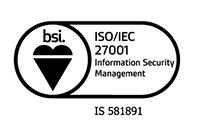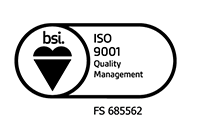We have all used a website and had a chat box pop up asking if we needed help? Or maybe you simply clicked a customer service button and got a chat window?
Well, these chat windows aren’t connecting you to a person. They’re connecting you to a chatbot. A chatbot is a computer simulation of human conversation. The technology has been developed for decades but it has reached a point now where chatbots are trusted by businesses to handle customer service and ordering tasks on websites. And as technology advances, more chatbots are operating via machine learning. Essentially, this means that if a chatbot does not recognise a user’s question, it will look for information that might be relevant and useful for the user without having to be asked.
This advancement is set to change the way consumers interact with organisations forever.
In fact, world-leading IT analysts at Gartner predict that by 2020 there will be a 1,200% rise in the use of chatbots and virtual assistants in the customer service industry. It means customers will manage 85% of their relationships with any organisation without interacting with a human. But how will this benefit the organisation and why have they become so popular?
- Improving customer service. Chatbots actually have the potential to improve the customer experience interacting with your business. They are available 24X7, give fast responses and are always consistent in the language they use when interacting with a customer. A recent report by Business Insider cited that 44% of US consumers want chatbots over humans for customer relations.
- Chatting is extremely popular on mobile devices. In fact, it’s the preferred method of communication overall. Between WhatsApp, Facebook Messenger, and WeChat, nearly 2 billion people can be reached and the number is growing.
- Companies are supporting chatbots like never before, even in conservative fields like law. Facebook and Microsoft released chatbot platforms last year that are used across many online chatting services. In addition to the ones mentioned, you can find chatbots for Skype, Discord, Slack, and practically every other form of online chatting.
- The costs have come down significantly. It’s even cheaper to make a chatbot than it is to make an app. The application interfaces are quite simple compared to an app, and chatbot providers have taken care of enough of the heavy lifting to make them easy to deploy.
With Microsoft now using Office 365 Teams and Azure as its preferred platform to allow you to create and publish your own chatbots, the rise of the bot will continue at a great pace – and businesses should start considering the pros and cons sooner rather than later. But ultimately, it’s about making sure that the technology you adopt is fully aligned with your business strategy. We will be posting a blog soon on how Office 365 and Azure could help you achieve your chatbot goals.






